Insight Astronomy Photographer Of The Year 2016 Winners
People and Space Runnner-up: Man on the Moon
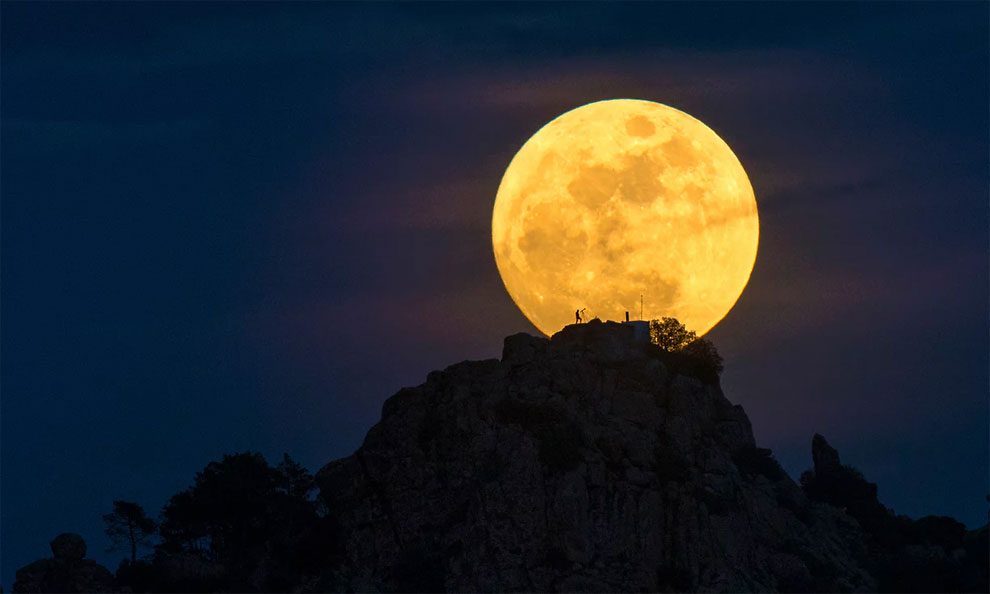
A good friend posed on top of the mountain. The hardest part was getting to the location and discovering that he had forgotten the tripod. A coat on a fence served to improvise and support my telescope and camera. (Dani Caxete/Royal Observatory Greenwich’s Insight Astronomy Photographer of the Year 2016 competition/National Maritime Museum)
Overall Winner and Our Sun Winner: Baily’s Beads
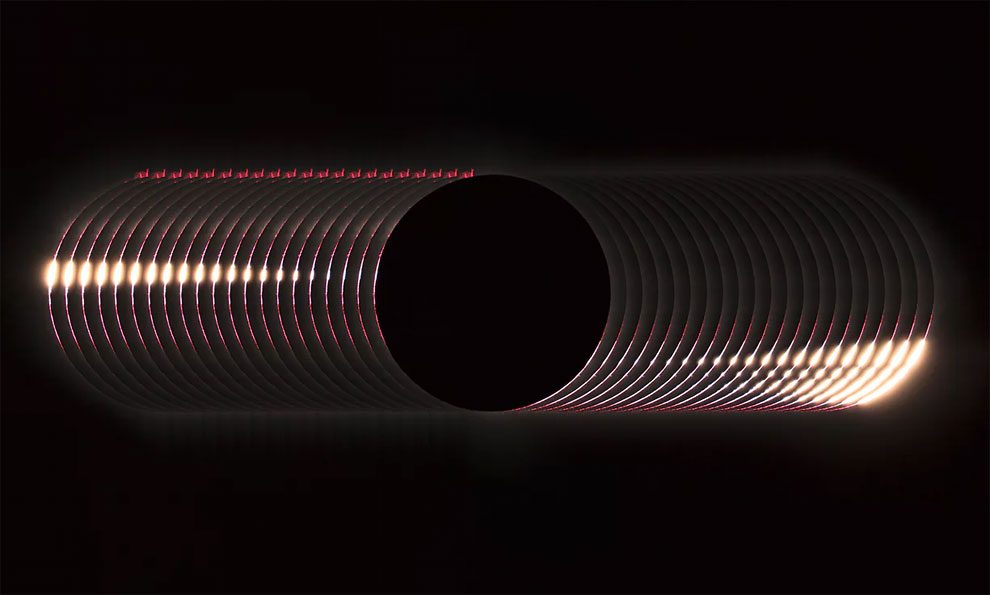
The Baily’s beads effect is a feature of total solar eclipses. As the Moon passes the Sun during a solar eclipse, the rugged lunar limb allows beads of sunlight to shine through in some places, and not in others. I took a series of photos of the total solar eclipse of 2016, in Luwuk Indonesia, and stacked them with software to show the Baily’s beads. (Yu Jun/Royal Observatory Greenwich’s Insight Astronomy Photographer of the Year 2016 competition/National Maritime Museum)
Our Sun runner up: Sun Flower Corona
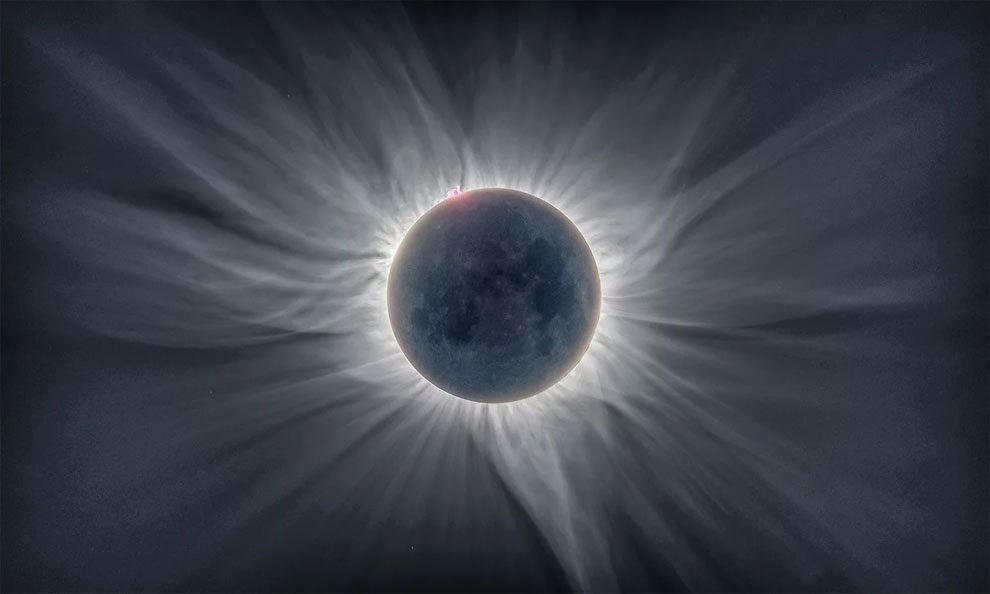
The image is a composite of 12 photos taken during the total solar eclipse observed in Indonesia, 9 March 2016. You can clearly see the coronal structures. I managed to photograph this eclipse from Tidore Island, Eastern Indonesia, after a last minute boat escape from clouds. (Catalin Beldea and Alson Wong/Royal Observatory Greenwich’s Insight Astronomy Photographer of the Year 2016 competition/National Maritime Museum)
Our Moon winner: From Maurolycus to Moretus
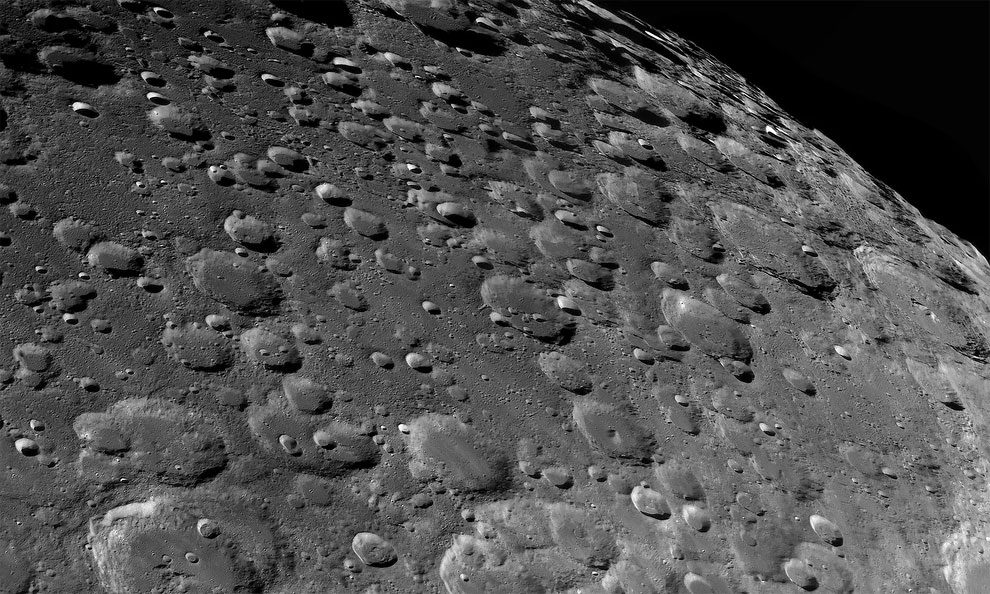
This is the Moon of our dreams: Craters overlap, butt against each other, and extend to the horizon! As we can see in this lunar landscape, the southern region of our Moon always offers us amazing views. In this image we can see a lot of big and spectacular impact craters. (Jordi Delpeix Borrell/Royal Observatory Greenwich’s Insight Astronomy Photographer of the Year 2016 competition/National Maritime Museum)
Our Moon runner up: Rise Lunation

As the Moon emerges, I relish the ripples and surprising shimmers brought about by our atmosphere. The Moon is rising and a day after being full. Now 98% illuminated, it is on the wane. (Katherine Young/Royal Observatory Greenwich’s Insight Astronomy Photographer of the Year 2016 competition/National Maritime Museum)
Planets comets and asteroids winner: Serene Saturn

Near perfect conditions prevailed for this session, which imaged Saturn toward sunrise on 18 March. Fine details are captured across the globe and ring system which is near its maximum tilt toward us. A variety of coloured bands and zones are seen within the atmosphere, along with various small storms. (Damian Peach/Royal Observatory Greenwich’s Insight Astronomy Photographer of the Year 2016 competition/National Maritime Museum)
Planets comets and asteroids runner up: Comet Catalina
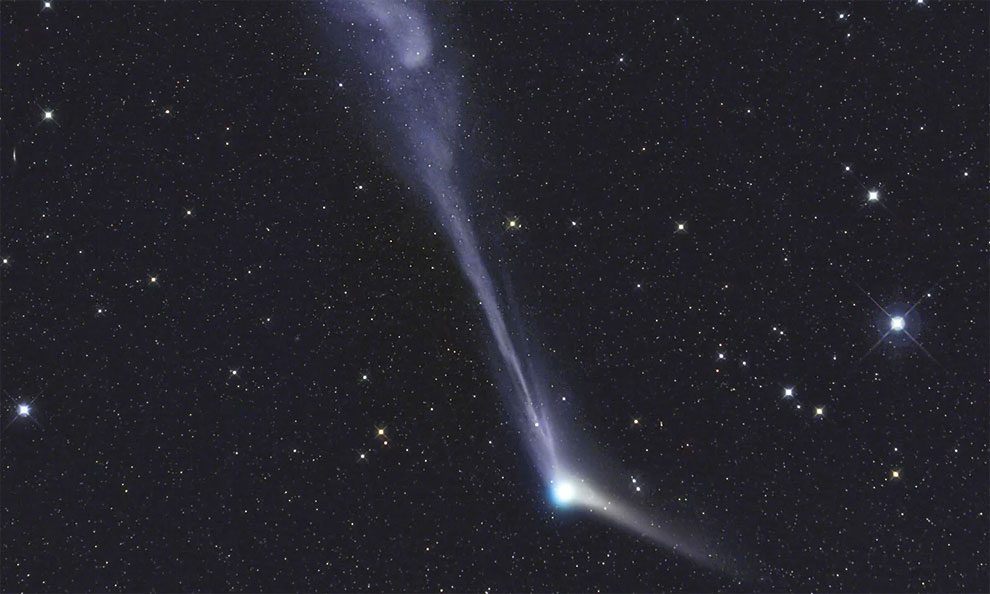
The solar wind caused very spectacular tail features on the date when this image was taken. The challenge was to capture the fast moving comet without blurring the stars. (Gerald Rhemann/Royal Observatory Greenwich’s Insight Astronomy Photographer of the Year 2016 competition/National Maritime Museum)
Galaxies winner: M94 Deep Space Halo
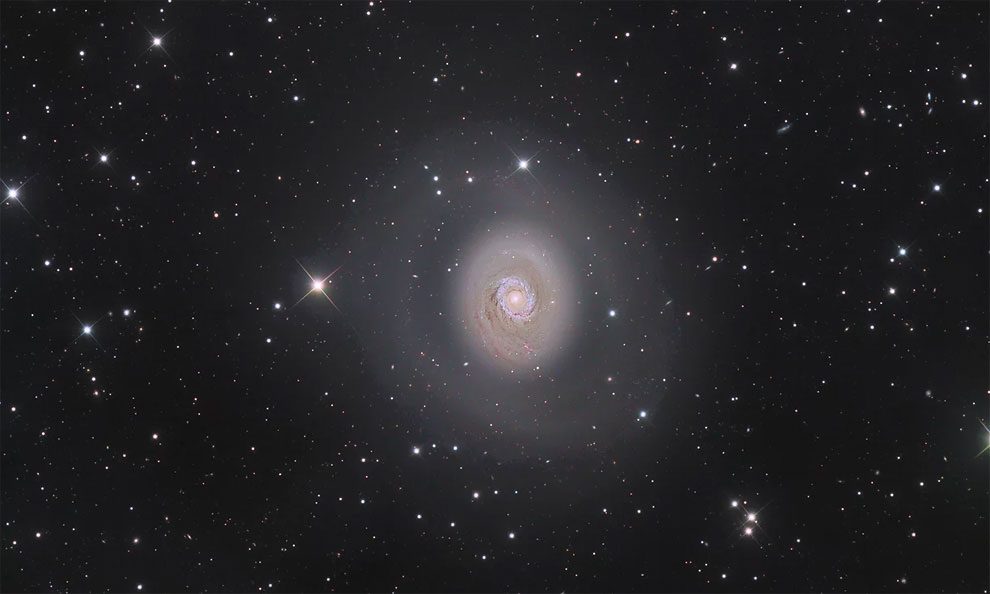
M94 was made with my 12,5” Rcos telescope. This galaxy is very nice with this halo. The processing was very difficult to do and the challenge was to show all the small galaxies in the background. (Nicolas Outters/Royal Observatory Greenwich’s Insight Astronomy Photographer of the Year 2016 competition/National Maritime Museum)
Runner up Galaxies: Towards the Small Magellanic Cloud
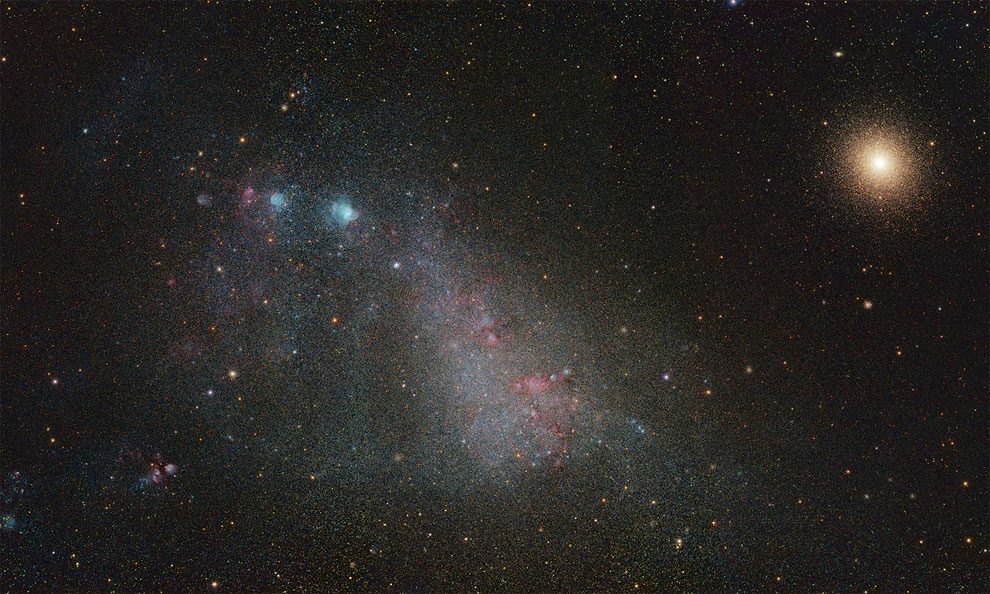
Spanning a field of view of approximately 3°x 6°, this image shows our neighboring galaxy, the Small Magellanic Cloud, and globular cluster 47 Tucanae, in visible light. Instead of using a relatively short focal length to cover this field, I stitched together a 3-pane mosaic which allowed me to attain high resolution through the field. An immense amount of stars are well resolved. In fact, the software I used counted over 120,000 stars, the largest number I have ever encountered in my work. (Ignacio Diaz Bobillo/Royal Observatory Greenwich’s Insight Astronomy Photographer of the Year 2016 competition/National Maritime Museum)
Skyscape winner: Binary Haze
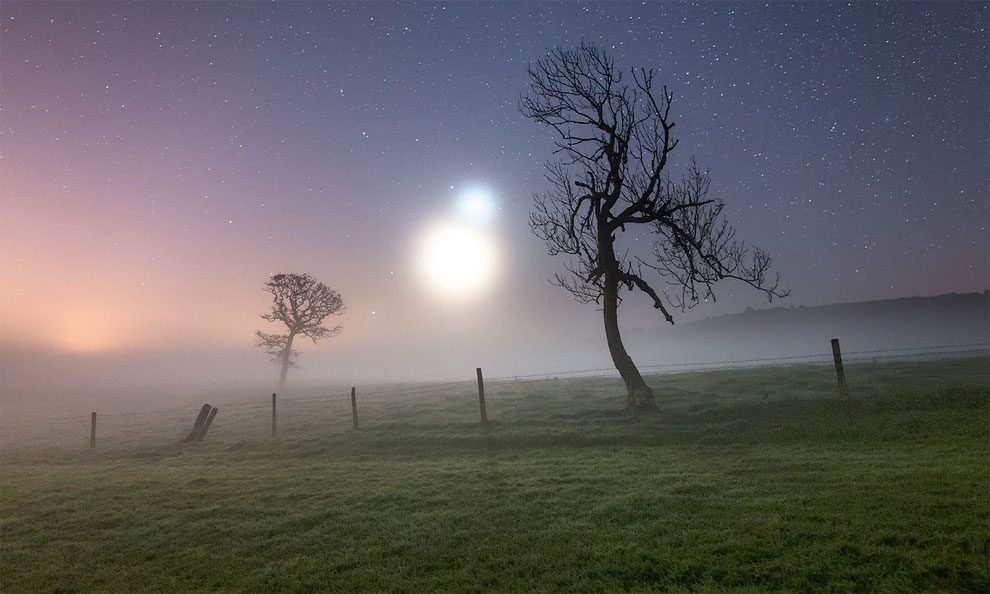
On this particular morning in October I knew the Moon, Venus, Mars and Jupiter were in close conjunction. I got up during the early hours before work and headed to an area of countryside that I thought would offer a suitable composition. On arrival there was a thick layer of low lying mist at the bottom of the gently sloping field that at first I thought would hamper my images but to my surprise the mist added a new dimension by accentuating the brightness of the crescent moon and Venus making them look like glowing spheres. (Ainsley Bennett/Royal Observatory Greenwich’s Insight Astronomy Photographer of the Year 2016 competition/National Maritime Museum)
Skyscape runner up: Silent Waves of the Sky: Noctilucent Clouds
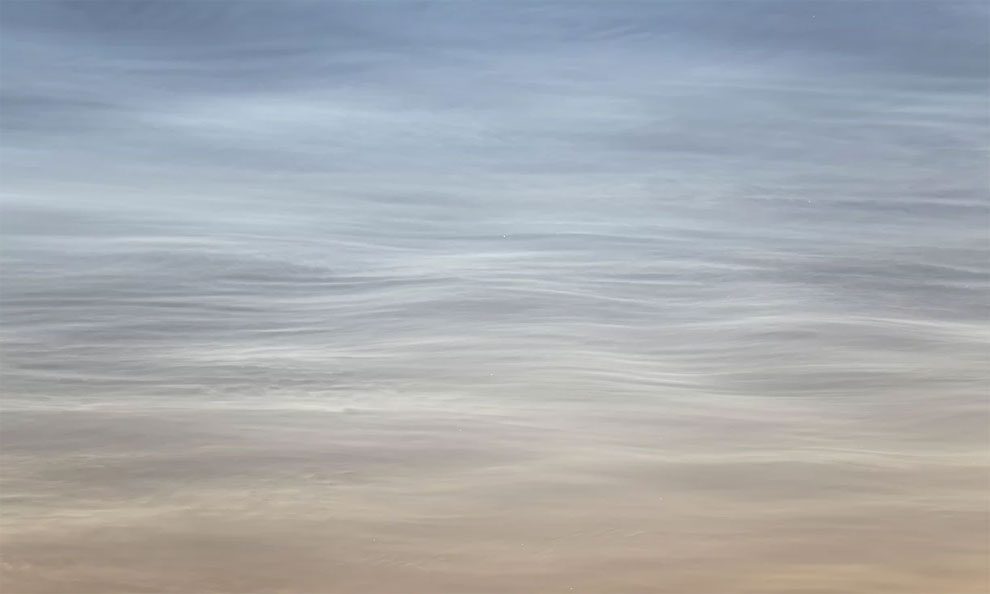
In the upper atmosphere, about 80-85km high, small crystalls of water ice sometimes glow in the summer nights. The phenomenon is possible when sun is 6°-16° below the horizon and you are observing between 45°-70° latitude. The prevailing theory is that ice condenses onto the dust of meteors. (Mikko Silvola/Royal Observatory Greenwich’s Insight Astronomy Photographer of the Year 2016 competition/National Maritime Museum)
Winner Aurora: Twilight Aurora
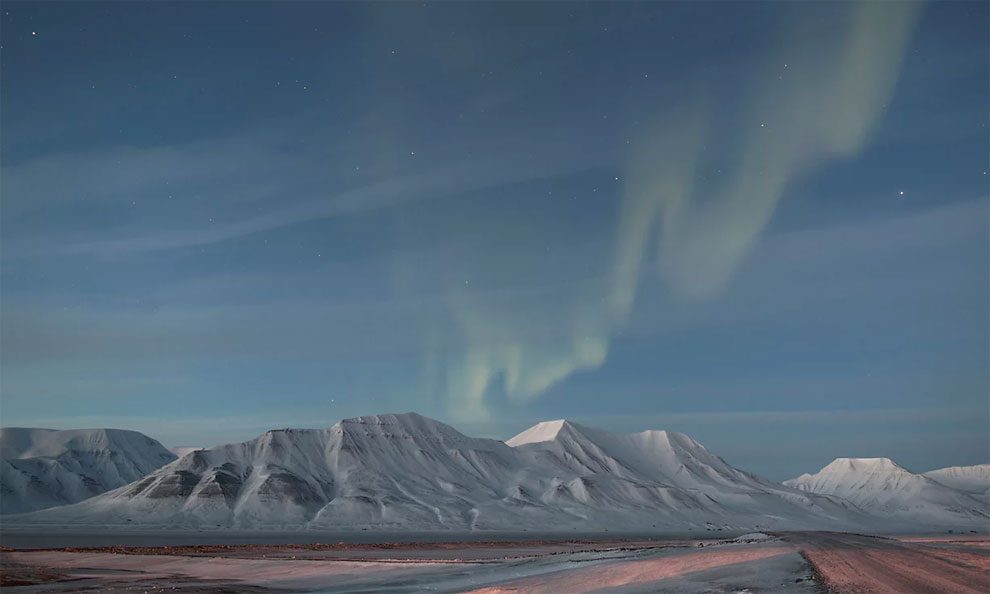
On the evening of the total solar eclipse in Spitsbergen around 21:30 a very impressive Aurora Borealis was visible. At that time the Sun was shining 9° below the horizon. The Adventtoppen mountain (786 meter) is illuminated by the Western-Northwestern horizon. The foreground is painted orange by the lights of the nearby Longyearbyen Airport. Near Longyearbyen, Svalbard, Norway. (Gyorgy Soponyai/Royal Observatory Greenwich’s Insight Astronomy Photographer of the Year 2016 competition/National Maritime Museum)
Runner up Aurora: Black and White Aurora
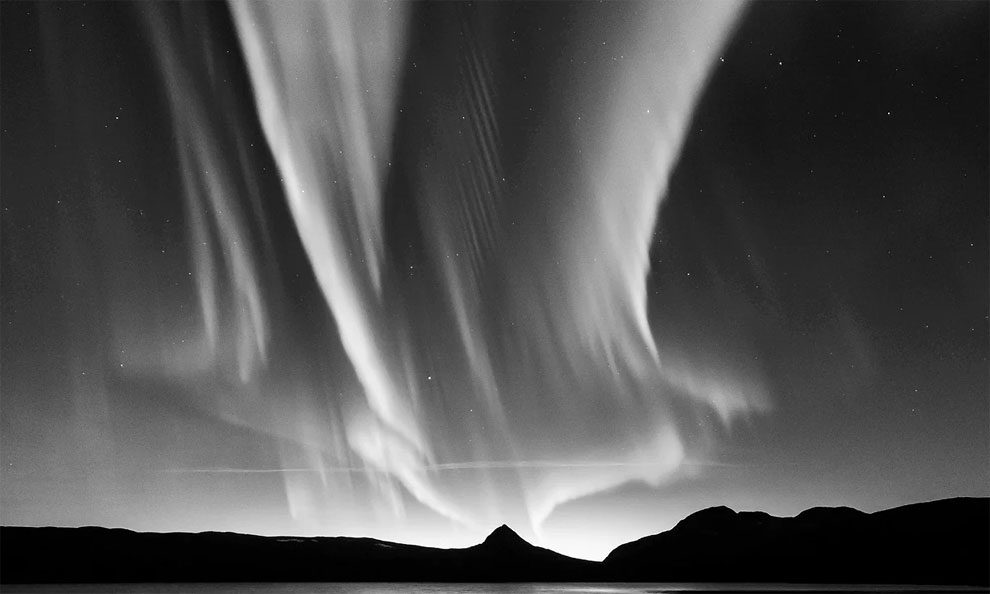
This shot is from 7 October 2015. The best aurora-night ever! I have for a long time tried to capture an image that also works in black and white. This is my best so far. I usually feel that the magic of auroras is the colours, but here I really like the lack of the same. (Kolbein Svensson/Royal Observatory Greenwich’s Insight Astronomy Photographer of the Year 2016 competition/National Maritime Museum)
People and Space winner: City Lights

In Hong Kong, the urban streets and buildings are dotted with countless light pipes and huge neon signs which cause serious light pollution. When this city falls asleep at night, a few stars can be seen regularly. (Wing Ka Ho/Royal Observatory Greenwich’s Insight Astronomy Photographer of the Year 2016 competition/National Maritime Museum)
Robotic Scope: Iridis
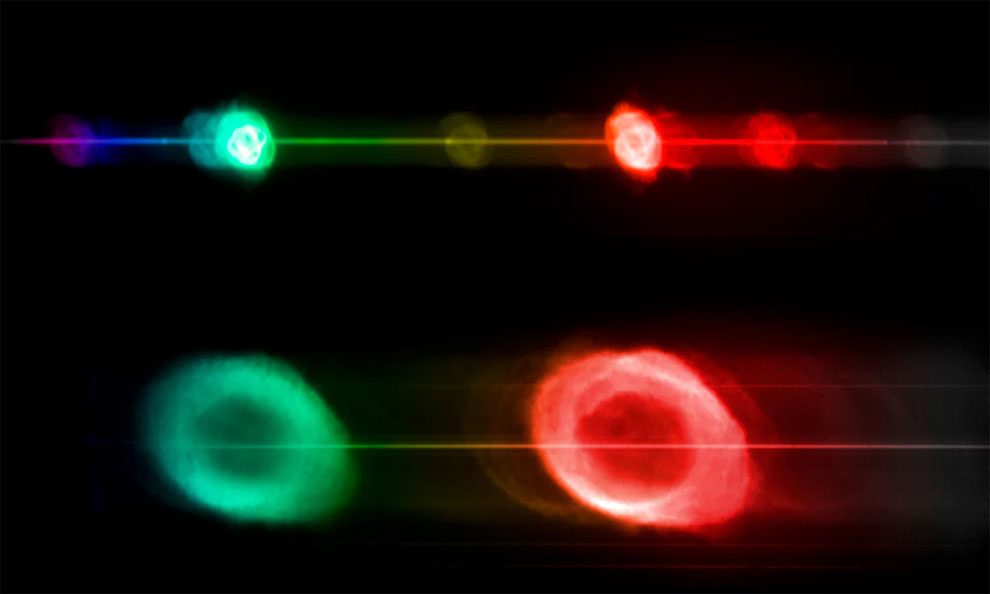
This composite of two images compares slitless spectroscopy of two well known planetary nebulae, NGC6543 (Cat’s Eye Nebula) at the top and NGC6720 (M57, Ring Nebula) below it. In a spectrograph the light is dispersed into its constituent colours. If a target emits light at all wavelengths (such as the star at the centre of each nebula) then it becomes transformed into a horizontal line in this image. Planetary nebulae however are special because they emit light only at very specific individual wavelengths, which creates separate images in this instrument. (Robert Smith/Royal Observatory Greenwich’s Insight Astronomy Photographer of the Year 2016 competition/National Maritime Museum)
Stars and Nebulae winner: The Rainbow Star
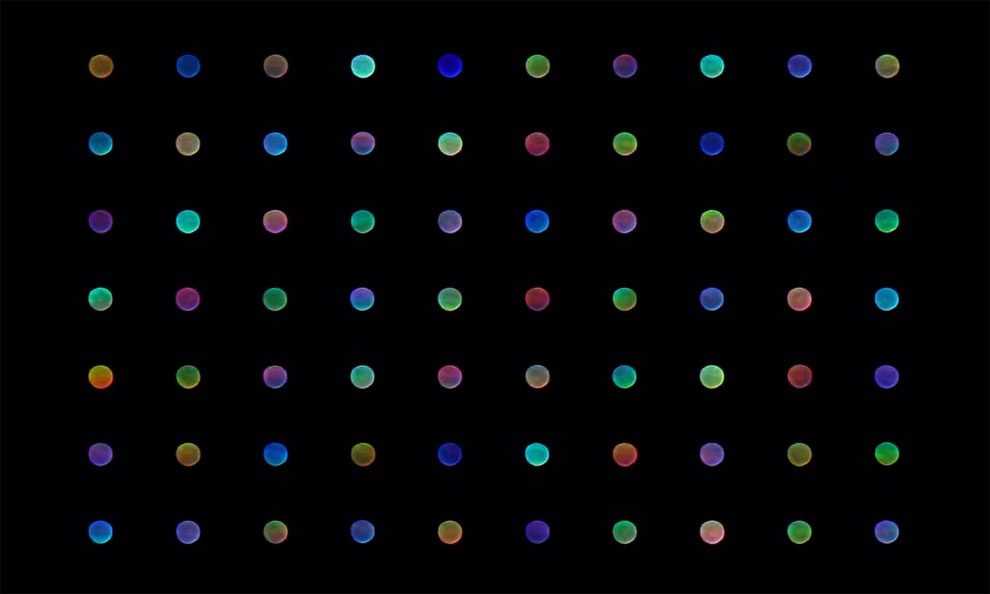
Not for nothing is Sirius called the ‘Rainbow Star’, as the twinkling of the star seems to go through every colour of the rainbow. Ever since I took up astrophotography I have been searching for the best way to show these colours in a photograph. After thinking about the best way of doing this, and some experimentation, I finally hit upon the idea of videoing the star deliberately out of focus. By doing this the light from Sirius was spread out over a larger area, which resulted in the colours it displayed being more obvious. (Steve Brown/Royal Observatory Greenwich’s Insight Astronomy Photographer of the Year 2016 competition/National Maritime Museum)
Stars and Nebulae runner up: Perseus Molecular Cloud
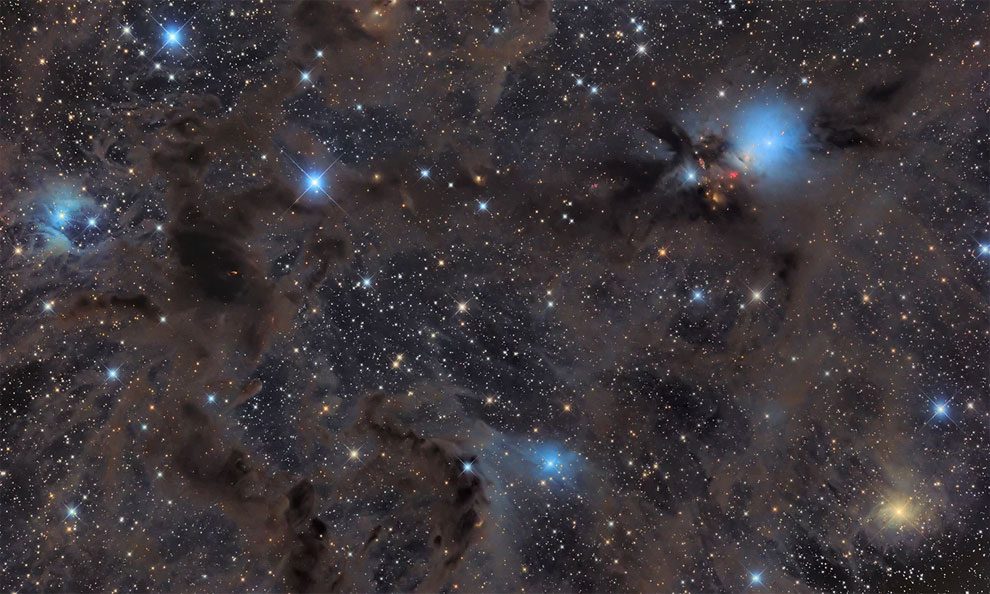
This image shows a large amount of interesting deep sky objects at the edge of Aries and Perseus constellation. Probably the most famous is NGC1333 a reflection nebula (shining in the blue colour) located in the top right part of the image. It is surrounded by B205 a Barnard dark nebula. Even small-scale emission nebulae (red color) are there to be discovered in that area. (Pavel Pech/Royal Observatory Greenwich’s Insight Astronomy Photographer of the Year 2016 competition/National Maritime Museum)
Young Astronomy Photographer of the Year winner: Lunar Reversal
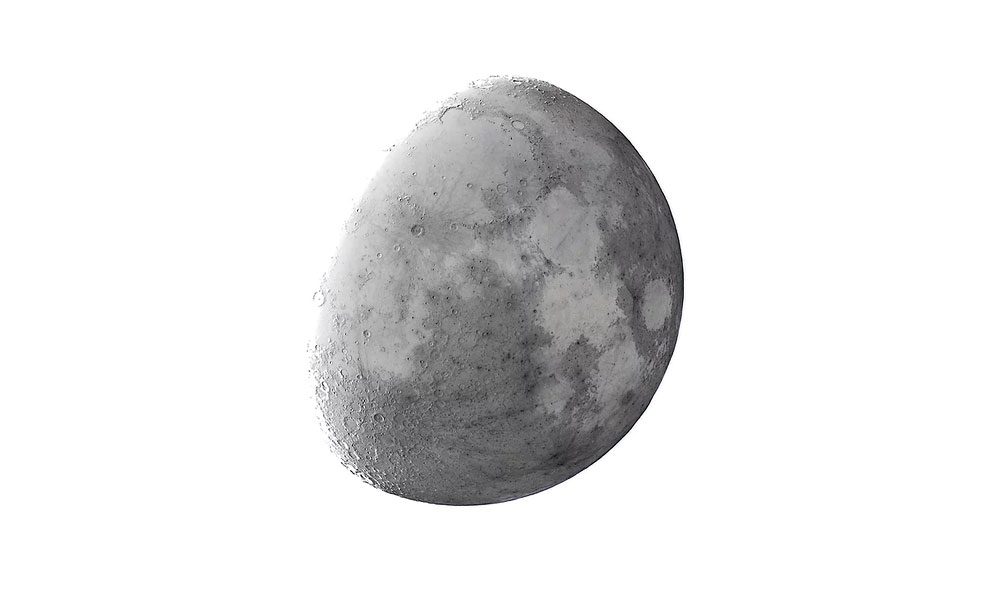
On a clear night last November, I set up my camera and 100-400mm lens on my front lawn. Using manual focus, I honed the focus until the moon appeared perfectly sharp. Since I was not using a motorized mount, I only had a handful of seconds before the Moon moved out of my frame. I put my 7D Mark II into continuous firing mode, and got off 70 frames in 7 seconds. Taking the best 62 frames, I aligned and stacked them using Registax, and then adjusted the wavelets to sharpen the image. (Brendan Devine/Royal Observatory Greenwich’s Insight Astronomy Photographer of the Year 2016 competition/National Maritime Museum)
Young Astronomy Photographer of the Year runner-up: What the City Does Not Show You
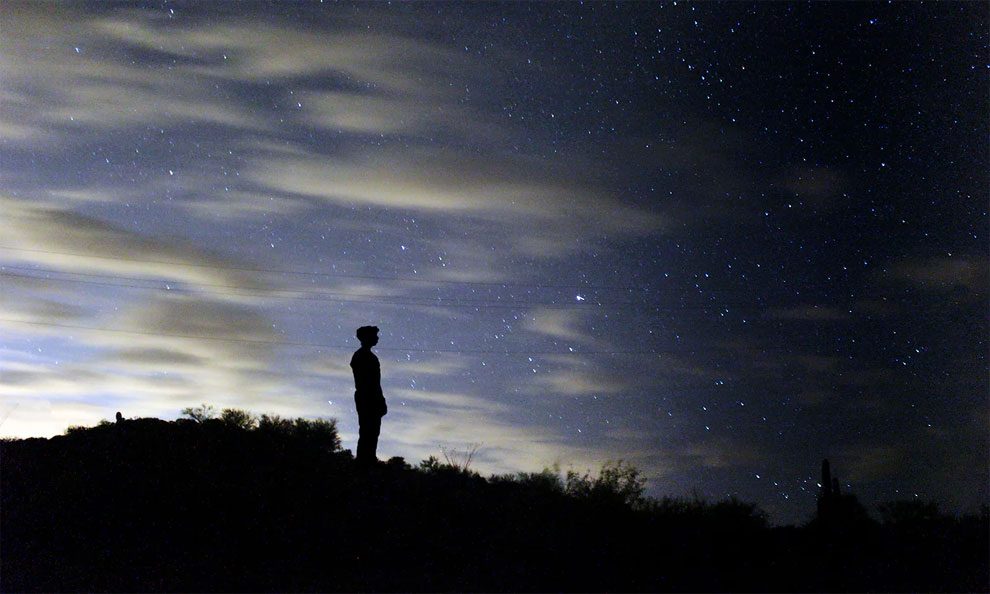
This image shows the silhouette of a man standing on a hill stuck in between a sky filled with light pollution and the other filled with the visible desert night stars. I angled the camera towards a distant city which allowed for more glow in the sky, but also at an angle to where stars would be visible without being affected by light pollution. (Jasmin Villalobos/Royal Observatory Greenwich’s Insight Astronomy Photographer of the Year 2016 competition/National Maritime Museum)
Sir Patrick Moore Prize for Best Newcomer: Large Magellanic Cloud
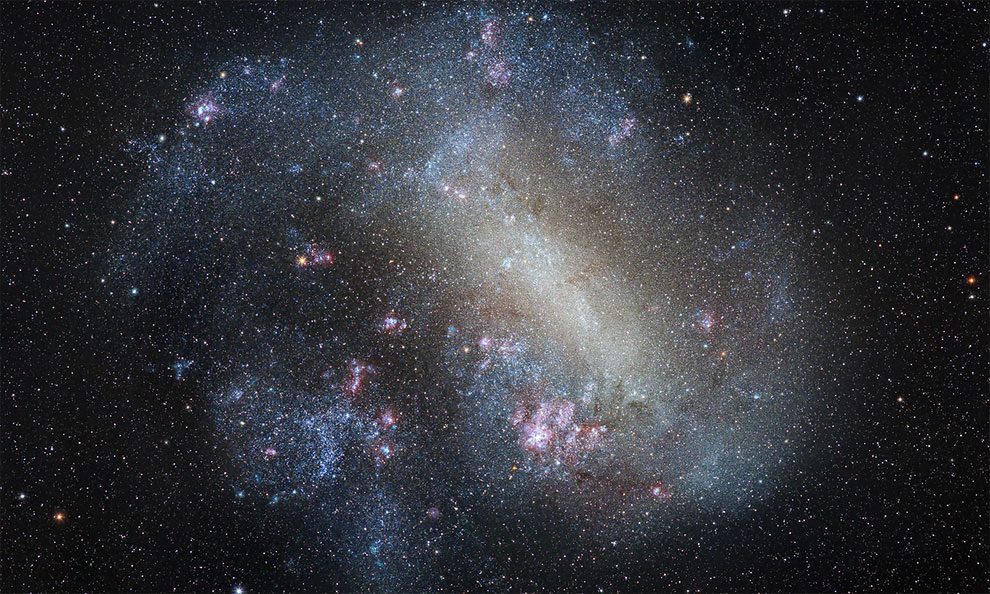
On a daily basis people are usually photographing objects and sceneries which are mostly touchable and reachable. This feeling works wonderfully when doing astrophotography also. We want to touch, reach and learn. The Large Magellanic Cloud is one of the jewels of Southern sky which can be seen with unaided eye. It’s a Milky Way’s satellite, lying about 14,000 light-years from us. (Carlos Fairbairn/Royal Observatory Greenwich’s Insight Astronomy Photographer of the Year 2016 competition/National Maritime Museum)